The Four Seasons Hotel in Park Lane reopened recently after a much needed two year (£125 million) refurbishment. As part of this a new Italian restaurant, Amaranto has opened. The dining room is decorated in what to me seemed a somewhat oriental style, with red upholstery and Chinese laquer cabinets. There was a marble floor with a carpet on top of this, and elegant display plates from Florence. Instead of tablecloths there are leather tabletops. Personally I liked the décor, though perhaps it will not be to everyone’s taste.
Whatever the décor, the food is certainly Italian; the chef at the restaurant is Davide Degiovanni, who cooked as sous chef at Semplice and also Locanda Locatelli. There is also an “executive chef” (code for “I wrote the menu but I am not often here”) Adrian Cavagnini, chef of the La Terrazza restaurant at the Hotel Eden in Rome, which despite the gushing press release is a restaurant that no longer has a Michelin star. This being The Four Seasons, the pricing policy does not aim low. Starters range from £7.50 to £20, pasta dishes from £7.50 to £10, main courses £19.50 to £29.50 and desserts mostly £7 to £8.75. Coffee was an excruciating £6.50 for a double espresso (I had a second espresso, which was charged at another £6.50 on top) and petit fours, with mineral water at £5.50.
The 275 bin wine list has extensive Italian selections but also ranges throughout the world. Jermann Vintage Tunina 2007 was an absurd £108 for a wine that costs around £29 retail. Katnook Estate Sauvignon Blanc 2009 was £46 yet this wine costs just £8 in the high street. Skipping across to France offers no relief, even in the unfashionable corner of Alsace: Ostertag Muenchberg Riesling 2007 was £113 for a wine you can buy for just £22 in the shops. So that is five times retail price, plus service. Antinori Tignanello 2007 by comparison was a relative bargain at £165 compared to a shop price of around £50. The Irish sommelier Fionnuala Synnott was previously a freelance wine journalist, and certainly knew her stuff, but this must be one of the costliest wine lists in London.
The bread was made from scratch, and included a choice of two different focaccia, including a Gorgonzola version, as well as grissini bread sticks. The bread was superb, the foccacia in particular having lovely texture (easily 16/20). An amuse-bouche of a little scallop with pesto and white mushroom puree worked well, the scallop cooked nicely (15/20).
My starter of gnocchi filled with ricotta and pesto, garnished with Scottish langoustines resting in a wild mushroom broth, read on the menu better than it tasted. The gnocchi itself was pleasant enough, though not as light in texture as the best of its breed. However the little langoustines were cooked for distinctly too long, though the broth had reasonable flavour and was properly seasoned (14/20). This was better than tagliolini of Cornish crab, with braised artichokes and braised lemon zest. The pasta itself was rather too mushy in texture, the crab fresh enough but the artichoke flavour rather strong for the crab (13/20). In addition there were two pieces of crab shell lurking, which is really not acceptable.
Pan fried rabbit was cooked well, nicely seasoned, served with olive crisps, an artichoke puree and olives bringing some bold flavour to the rabbit (14/20). This was better than baby Dover sole with olive crust, anchovies, capers and green tomatoes, whose fish was slightly over-cooked and had a very strong tapenade that dominated the sole (13/20).
At this point we reverted back to the surer hands of the Argentinian pastry chef Santiago Marafuschi, who previously worked at the Four Seasons hotel in Buenos Ares. Citrus macaroons with orange and mango sorbets and a mango salad was a delightfully refreshing dessert, the macaroons skilfully made and the sorbets having both lovely texture and intense fruit flavour (17/20). Tiramisu was also good, served in a chocolate shell and having good coffee flavour in the ice cream (15/20). Coffee was high quality (as it should be at this price) and accompanied by high grade petit fours made from scratch by the pastry chef: rock biscuit, more macaroons, and vanilla butter biscuit and excellent chocolates were very classy (17/20).
Overall this was a meal of two parts, with the pastry chef producing excellent breads, desserts and petit fours that were far superior to the standard of the savoury dishes. Although it was great to eat desserts of this level, it did serve to highlight the limitations of the cooking at the other stages of the meal. The service was superb all night, in particular from our waiter Martin (from Berlin) – the Four Seasons group certainly know how to train their staff. This was an unusual meal, given the difference in standard between the savoury and the pastry teams. There seemed to me too many slips in the meal given the high prices charged, accentuated by the excessively marked up wine list, and the genuinely top end service could not entirely paper over the unevenness of standard in the cooking. Our bill came to £70 a head, but it would be easy to spend significantly more than this.
Book














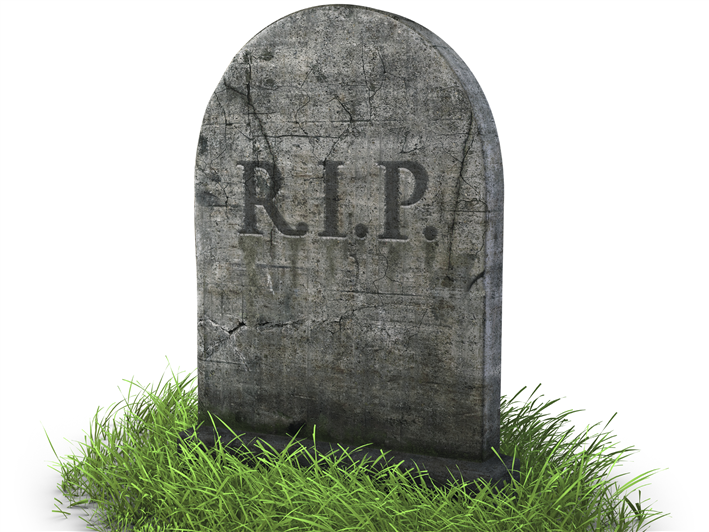

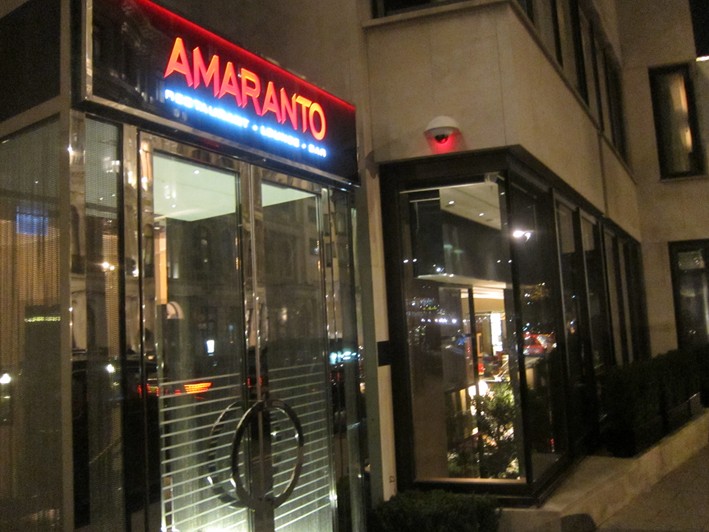
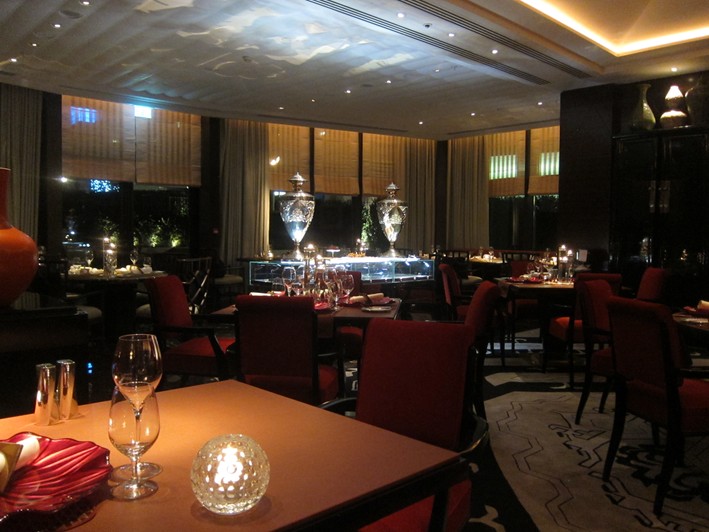
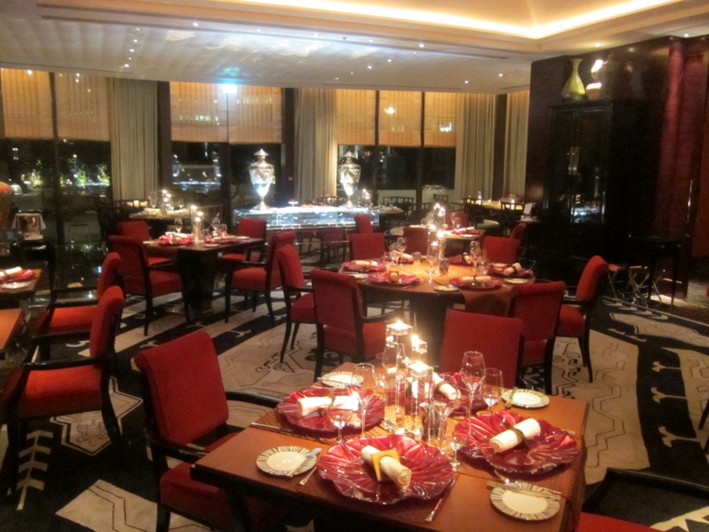
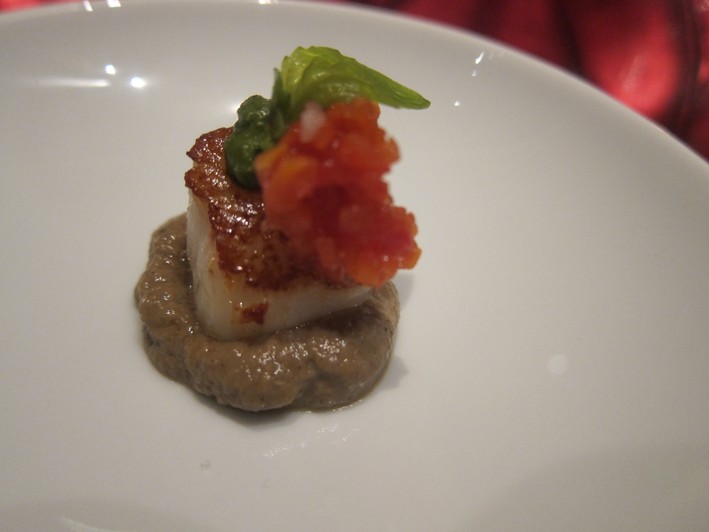
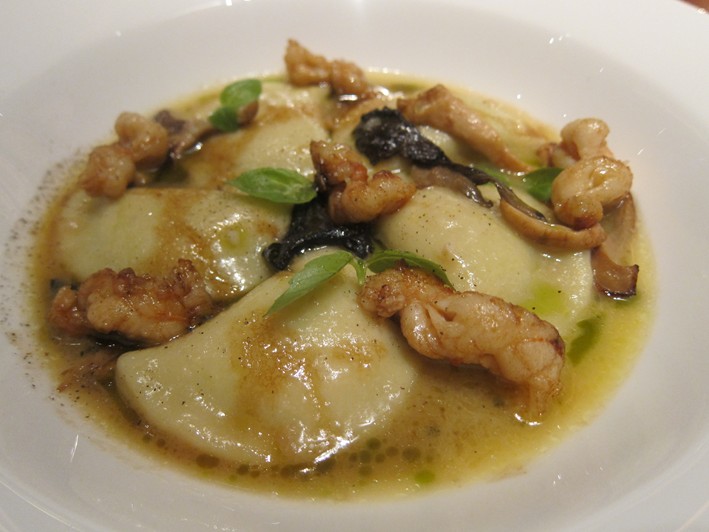

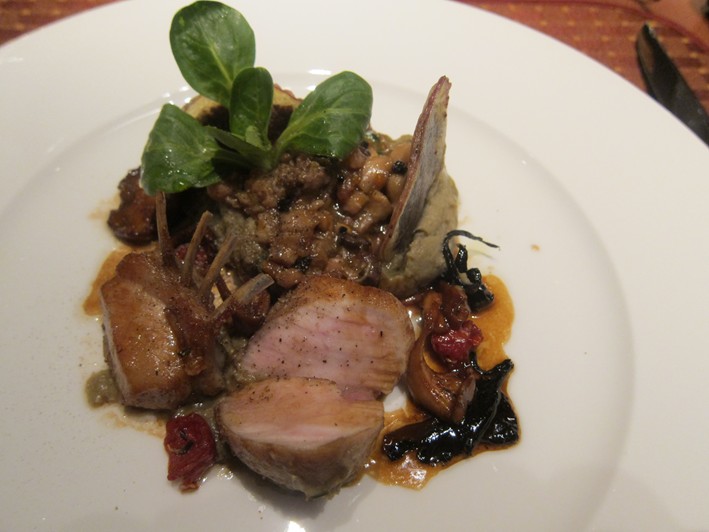



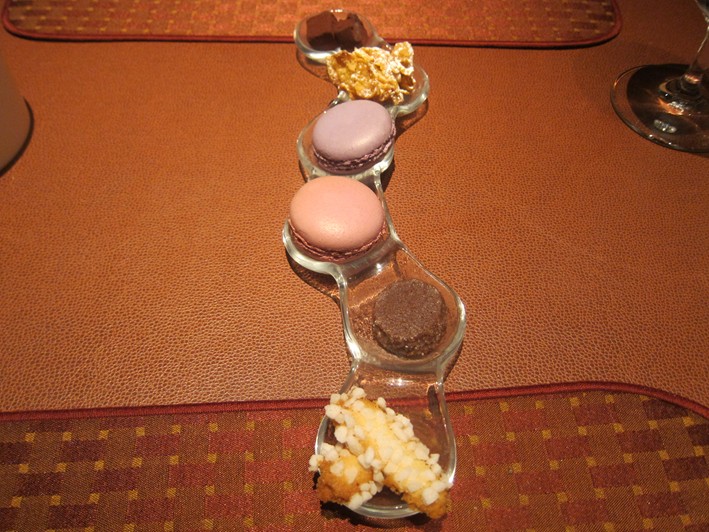

C.Elder
Thank you for covering the cost of the water;coffee;wine, and service charge impact too. Many reviewers never mention these,and while it is difficult to be encyclopedic in explaining the costs, I do find that in London it is all these add-ons that drive up the cost of a meal into multiples of what the food alone would cost. Paris,to a lesser extent, is also guilty of this.But Spain, Italy and Germany seem to be more "natural". My guess from your review is that the cost of the wine+water+coffee+service far exceeded the food charge.